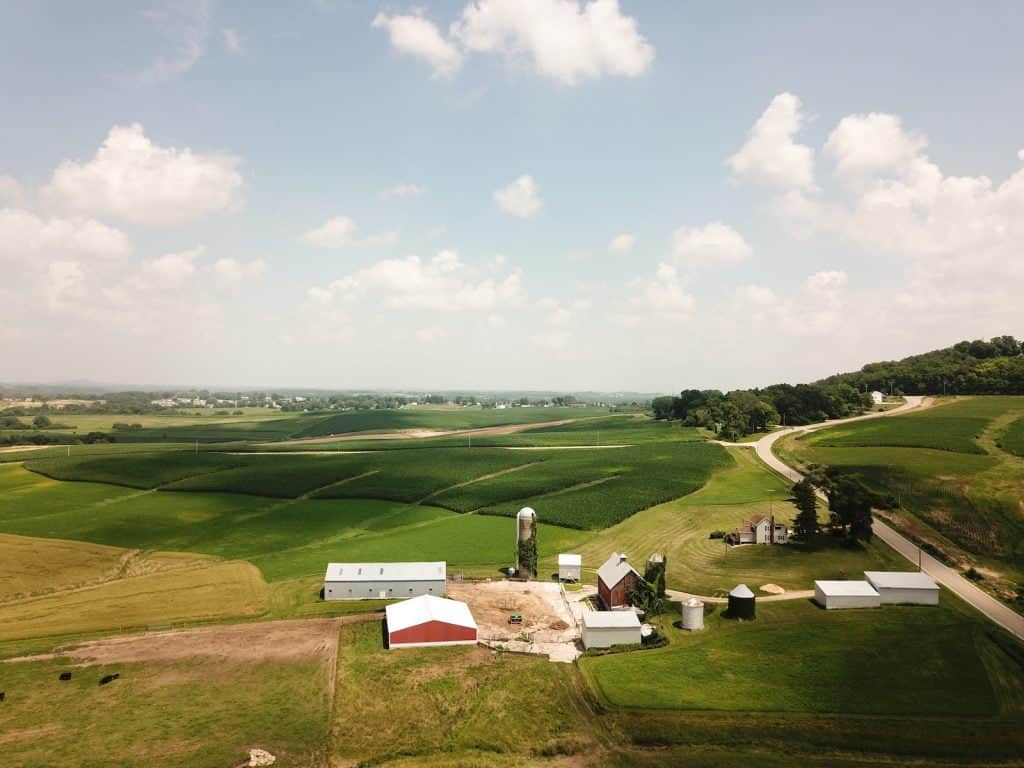Smart cities are some of the most exciting applications for the Internet of Things (IoT). Connected city infrastructure promises to make urban areas cleaner, more efficient, and convenient, but cities aren’t the only areas the IoT can change for the better. Rural communities could benefit heavily from these technologies, too.
As technology and connectivity play increasingly essential roles in life today, urban migration is ramping up. Bringing the IoT to the countryside could help ensure this trend doesn’t leave rural areas and the people who live in them behind. Here are five ways IoT can improve connectivity.
1. Protecting Essential Utilities
One of the most crucial steps in ensuring the survival of rural communities is ensuring they have access to things like water and power. Roughly 2.2 billion people globally still lack access to safely managed drinking water. Part of the problem is new water systems often break after installation and maintaining them in remote areas is challenging.
IoT devices provide a solution by enabling remote maintenance alerts. Connected sensors in water or energy systems can detect potential problems and alert relevant authorities in real-time. They can then respond to the issue and fix it before it becomes a more severe problem.
These real-time alerts can work with virtually any utility service. Water systems, electrical grids, gas pipes, and more can all benefit from this connectivity. As more come online through the IoT, rural infrastructure becomes more resilient.
2. Providing Remote Access to Healthcare
The IoT can also help ensure people in rural areas access reliable healthcare. With telemedicine platforms, patients don’t have to be close to a large hospital to benefit from leading medical care.
Videoconferencing services and IoT medical devices like wearable fitness trackers let people connect with doctors remotely. They can then get regular check-ups without having to leave their communities. If something demands more medical attention, wearables can detect it early, giving these patients time to schedule in-person hospital visits.
Telemedicine could go even further as IoT technology advances. Remote-controlled robotics and similar systems could let doctors administer treatments remotely, increasing healthcare accessibility even in the most rural areas.
3. Supporting Local Businesses
Another way the IoT can connect rural communities to ensure their survival is by creating new opportunities for local businesses. Connectivity is an essential step in growth there, improving the operations of these countryside companies.
IoT devices can give businesses more control over recurring expenses like energy use, helping them become more profitable. Similarly, data from in-store sensors or IoT trackers throughout the supply chain provide insights to help them optimize their operations. They can then ensure they remain competitive even with larger urban companies.
Remote connectivity also opens the door to new markets through online sales. As these technologies expand who businesses can sell to, companies can sustain growth while remaining local.
4. Improving Farm Efficiency
Similarly, IoT connectivity can help make the agriculture industry more efficient. Many rural communities rely on farms, but traditional practices and technologies can’t sustain the growth necessary for them to thrive. IoT solutions provide an answer.
IoT soil sensors can determine crops’ varying nutrient and water needs and adjust irrigation and fertilizer delivery accordingly. That way, farms ensure they increase crop yields while using as few resources as possible. That efficiency can help local agriculture become far more profitable, leading to broader economic gains in rural communities.
Farmers can also use IoT technologies like drones and remote-controlled robots to monitor their land faster and more accurately. That way, rural farms can remain productive even as younger people move to the city, reducing their available workforce.
5. Closing the Digital Divide
The IoT could also help rural communities keep up with digital adoption in cities. The internet has become essential to modern-day life, but 27% of people in rural areas lack broadband connectivity, including 40% of schools.
Mobile communication towers, internet range extenders and similar IoT systems could make high-speed internet more accessible. As more devices communicate with each other, they could also distribute online learning resources like e-books to offline devices. These shifts would ensure more people experience all the benefits of new digital technologies.
Closing the digital divide will help rural students improve their education and give job-seekers access to new employment opportunities. As this trend ramps up and IoT connectivity grows, the world will become a smaller place. Being in a rural area will no longer disadvantage people with big dreams.
The IoT Could Save Rural Communities Across the Globe
Technology may have initially drawn people out of rural areas, but now, new tech could reverse that trend. These five use cases show how the IoT could improve connectivity in rural communities to ensure they thrive in the future.
In some areas, the IoT can make life more convenient and enjoyable. In others, it could go as far as to save lives by protecting critical infrastructure and expanding healthcare and education access. As these changes occur, the world could become fairer and more equitable.
